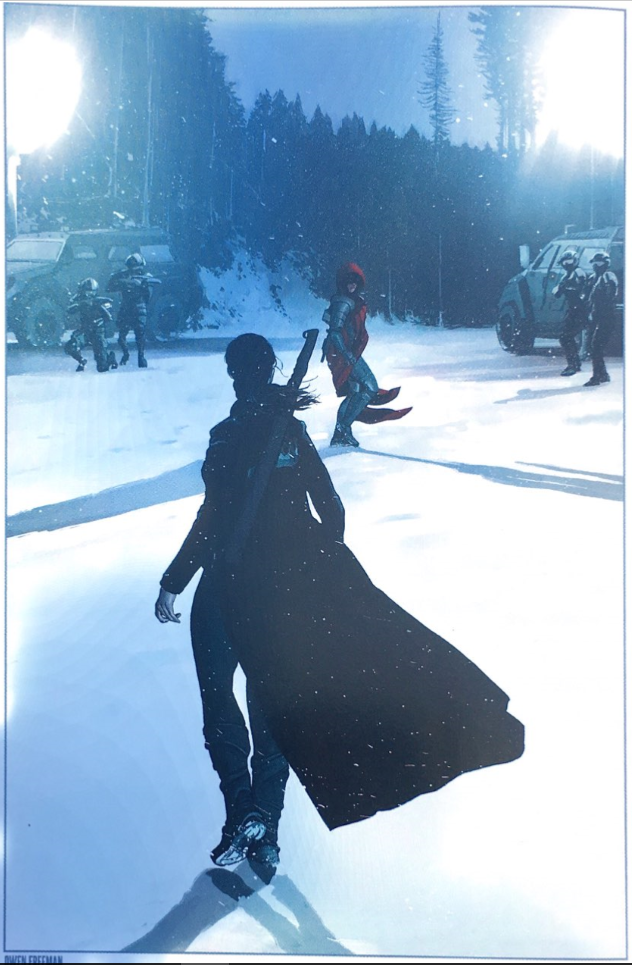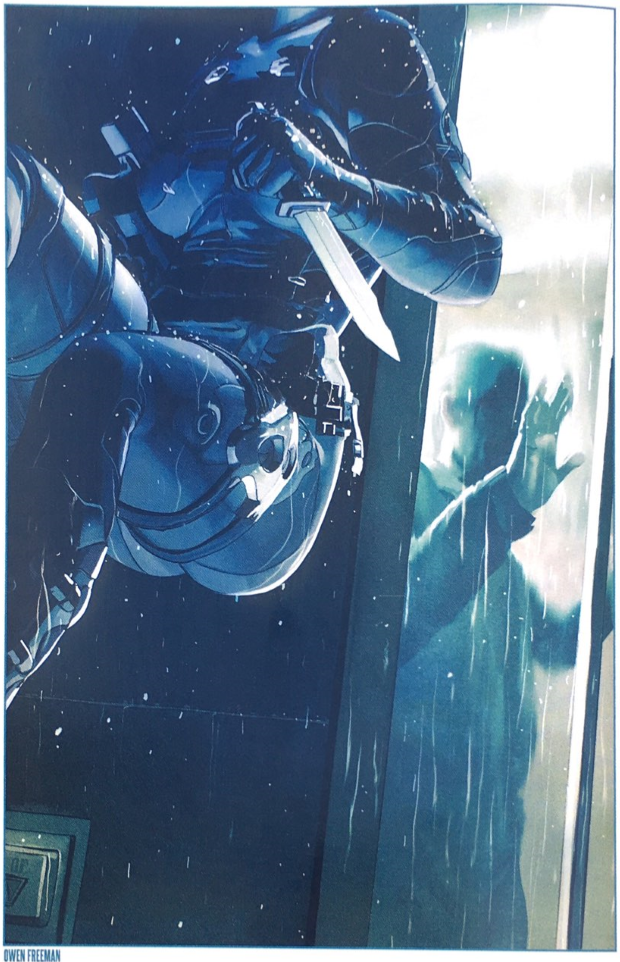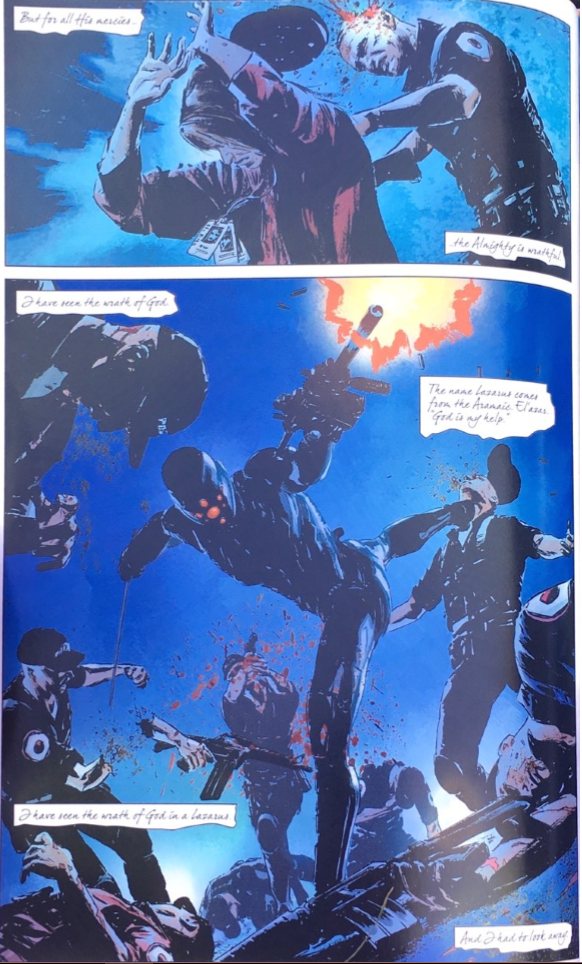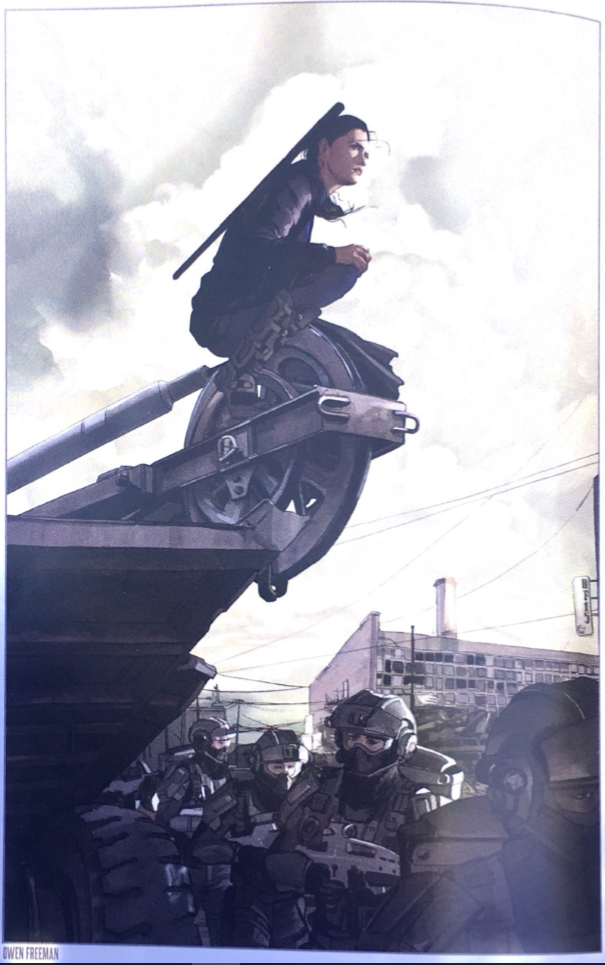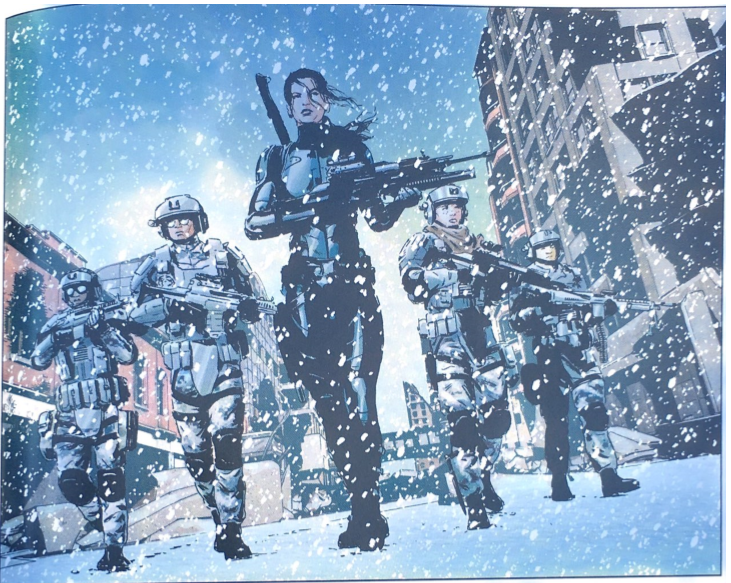With a couple of exceptions, I've kept all of my reviews restricted to indie books I've read, but I'm shaking things up a little and reviewing a graphic novel! I hadn't actually planned on doing a review when I started reading, but this story ended up being so perfectly up my alley that I couldn't help myself.
Technically the header image for this post is a tad misleading because I'm actually reviewing both of the current collections. I first acquired hard copies of Lazarus: The First Collection (contains "Vol. I: Family" and "Vol. II: Lift", aka issues #1-9) and Lazarus: The Second Collection (contains "Vol. III: Conclave" and "Vol. IV: Poison", aka issues #10-21) last fall after news of a possible Amazon Prime TV adaptation broke. I'd actually never heard of the series, but many fellow readers and writers with whom I already shared many interests got excited about it, so my curiosity was piqued.
If you know me as both a reader and a writer, you probably know there are a couple of things I'm a complete sucker for: badass antihero assassin characters (+10 if they're badass lady antihero assassin characters), and warring factions with mob-like structures. If this series could be summarized in a single sentence, well, there you have it.
It's been a long time since I've read any comics or anything of this style, so I had to spend a while training my brain how to best absorb what was on the page. When you're reading a regular book, you obviously just picture everything in your head, but with comics and graphic novels, you have the pictures right there in front of you. Ergo you have to read what's happening AND look at what's happening, and I'd often find myself forgetting to do one or the other! But I was finally able to make up a little routine for myself, and it was pretty smooth sailing from there.
The gist of the story is that there's been this huge, widespread economic collapse, leaving the world in a dystopian state with a massive gap between the very rich and the very poor (yes, more severe than what we already see in real life). The Earth has been divided up into different feudal territories controlled by sixteen families; some of them have formed tenuous alliances with each other, but most of them are at war with one another at any given time. (Note: there's a sourcebook that delves into the whole setup, but each of these collections also included a dramatis personae and some background info, which I found very helpful to start out).
Most—but not all—of the families have a Lazarus, a skilled warrior who has received the best of the best treatment and training. Whether due to cybernetics, bio engineering, or other physical enhancements, a Lazarus is nigh on impossible to kill and, in most cases, is even capable of regaining consciousness after technically being dead.
Enter Forever, the Lazarus for the Carlyle family that controls the western half of North America. The Carlyles are known for their developments in genetic technology, which they've used not only for seeds and crops but also to increase their own lifespans and maintain power. This technology has been applied to Forever as well, making her bigger, stronger, faster, and leaving her with keener senses than an average soldier. She oversees all of Family Carlyle's military forces and is thus often referred to as Commander Carlyle.
For the most part, the four volumes contained in these two collections center around Forever's role in Carlyle's continuous struggle against the other families, schemes/plots against Carlyle, and of course some epic battles. But it's also a coming-of-age story of sorts, because she receives a piece of information not too far into the plot that makes her begin to question everything she has ever known. And as someone in such a vital role, the last thing her family wants is for her to start asking questions.
I'll say right now that Forever Carlyle has found her way onto my list of favorite female characters in any form of media. When I first started looking into this series, someone described her to me as "terrifyingly badass and irreparably broken," and that's an apt description if I've ever heard one. She's obviously a skilled fighter, and the way she's drawn reflects that. She's taller than all the other characters—which I absolutely love—with the exception of some fellow Lazari, and she's depicted as being incredibly strong and muscular. But she is a very broken person. She has spent the majority of her life being manipulated in one way or another by her family; while she craves love and affection from her siblings and parents like any child should, they more often than not just treat her as a weapon, as a tool. Every time she dies, coming back to life is an incredibly painful process, one she has been forced to endure time and time again because that's what's expected of her. She has a strict "maintenance" regimen of medications and check-ups, and she continues to go through all of this because she really doesn't know any better. It's almost heartbreaking, because you as the reader know things she doesn't. You find yourself rooting for her in more situations than just combat.
I'm definitely excited to see how things pan out as the series progresses. Forever has begun to form bonds with a variety of secondary characters, and it'll be interesting to see how/if any of those bonds affect things as she continues to ask questions and grow more independent. I've already ordered Vol. V: Cull—the title alone has some interesting implications—as well as X+66, a series of single issues that each center around one of the side characters. I can't wait to dive in, although I'm not looking forward to being left hanging again while we await the next volume! And I find myself really hoping the plan for the TV show pans out, because it has potential to be very good.
I also wanted to share a few of my favorite pieces of artwork from the series, most of which are issue covers from the second collection done by Owen Freeman. A couple are panels from the actual story, done by Michael Lark. Click each for a larger view and a brief description.
